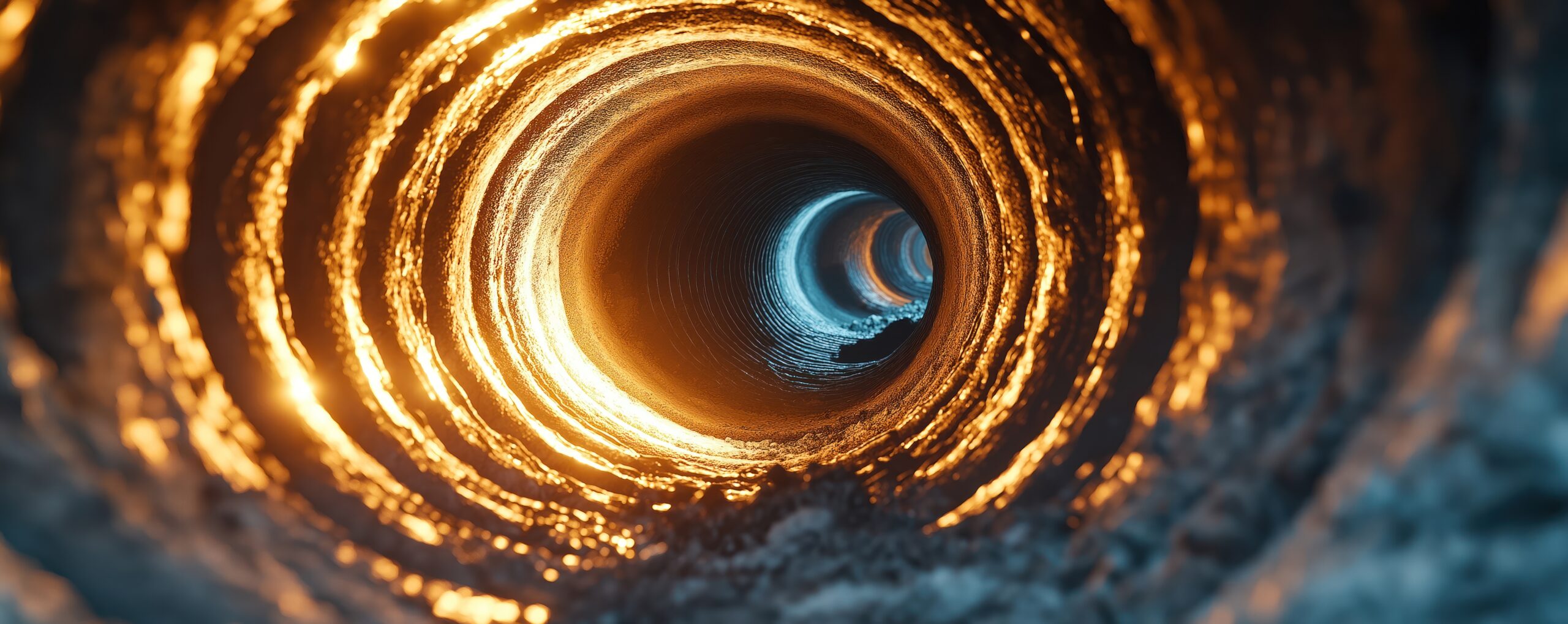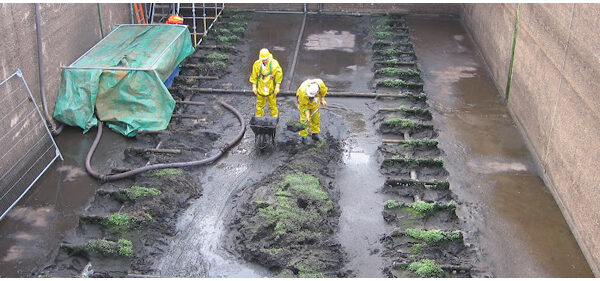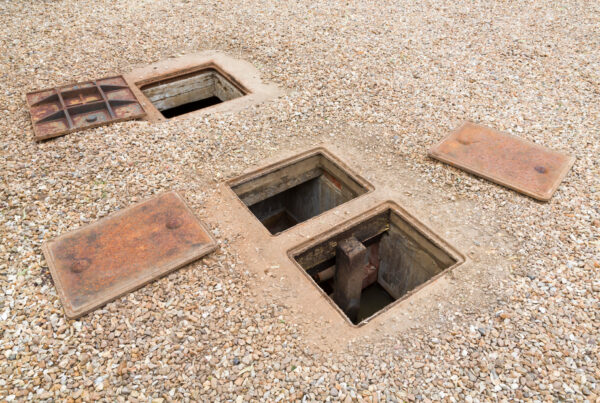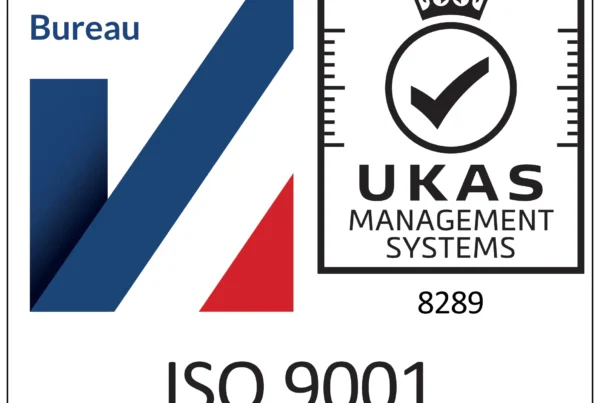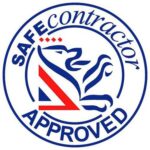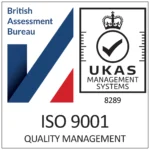Find out all about drain relining in our latest blog post. For more information, please visit our website or contact us.
Unblock Cumbria specialise in drain & sewer services. With our experience of over 30 years of repairs for commercial, domestic and industrial customers in Cumbria, we can work on the smallest house drain to the largest nuclear site in the UK and all points in between. When you discover that you have drainage issues, you may worry that it will be an expensive and messy process to put right. As Bob Marley might have said, don’t worry; leaks, cracks and other damage can be fixed with a simple and efficient solution that avoids the need for excavation.
Drain relining is a simple way of restoring the integrity of the drain by forming a new pipe, made of resin and polyester or fiberglass, inside the old pipe and using the original as a host pipe. Here is our drain relining – how-to guide. We would like to walk you through the entire process from start to finish.
We begin with a CCTV drain survey using our latest camera technology to inspect inside the system. This is how we can avoid digging, making the process non-invasive. We have many years of experience delivering in-depth surveys, providing a thorough examination that not only identifies where the problem is but what is consequently causing it. After inspection we then clean the pipe, this is where water jetting comes in, water jet pumped through cleans the pipe interior surfaces. We take care to minimize damage in the compromised system. Cleaning the drain or pipe before installation of the liner is crucial for obtaining the best possible service life from the repaired drain.
When installing a section of liner we first prepare the specially selected polyester liner sleeve by removing air, we use a vacuum pump for this. Resins are mixed and then introduced into the liner whilst under vacuum so that complete wetting out of the polyester sleeve is obtained. At this stage the resin is on the inside of the polyester sleeve. We then pass the wet sleeve through rollers to evenly disperse the resin along the length of the sleeve. Now comes the clever part, we attach the sleeve to a launching gun so that the sleeve is turned inside out so the resin is on the outside. We use a slight air pressure for this and blow the sleeve into the drain. At this point the resin is in contact with host pipe and can bond to it. The hard-wearing outer surface of the polyester sleeve is now on the inside of the drain. Once the liner is fully inserted the pressure is increased, hot water is introduced to circulate inside the new liner to cure the liner in place, this is where the acronym CIPP -cured in place pipe comes from. Once cured, the ends of the liner are cut to size. To check the quality of work or make any adjustments, CCTV cameras will be used for the last inspection. This final survey will confirm the success of the repair.
Although it may appear to be a complicated process, overall, this service still works out much cheaper and efficient than digging and excavating to gain access. This form of repair is also incredibly long-lasting because of the nature of the lining.
So, for more information or to enquire about our drain relining services, contact us today. For a no-obligation quote or some free advice, call 01900 870140. Or if preferred, you can leave a few details on our contact form and we will contact you straight back.

